Let's discuss some pitfalls that should be avoided during depth measurements.
We all know: echo sounder is a depth-measuring device. Its transducer is usually installed at a ship’s bottom in forward part.
That’s why the depth measured with echo sounder is by default may be considered as the depth under keel (or UKC – Under Keel Clearance), although it is called DBT – depth below the transducer.
Nevertheless, echo sounder readings are not always DBT, and DBT is not always UKC.
When reading depth from an echo sounder screen, a navigator shall consider the ship’s draft, the tide level in a given area, and wave-induced ship motions, as if the ship is rolling and pitching its draft is also changing, which causes certain measurement errors.
(1) The majority of echo sounders have an ability to display depth with regard to the ship’s draft (depth under the surface or nav mode), which can be set in the control unit parameters and added to the depth measured by the echo sounder. Therefore, if there is a mistake in the pre-set draft value you will also get a mistake in a resultant draft.
In addition, there is a risk to get confused and assume that the depth including the draft is an actual under keel clearance. That is why bridge officers usually set draft to zero if there is no necessity to measure the depth under surface.
(2) Charted soundings on British Admiralty charts are usually reduced to LAT (the lowest astronomical tide) - the elevation of the lowest astronomical predicted tide expected to occur at a specific tide station over the 18.5-year period (nutation period of the moon).
On US charts soundings are reduced to mean lower low water (MLLW), which is the average height of the lowest tide recorded at a tide station each day during the recording period (the National Tidal Datum Epoch - a 19 year period) .
Tidal predictions are computed for average conditions and can be affected by weather conditions. Since depressions are frequently accompanied by strong winds, a resulting change in sea level is often due to a combination of the effects of both wind and pressure. Such changes in sea level are superimposed on the normal tidal cycles obtained by predictions and can be regarded as a temporary change in MSL (mean sea level). This change in sea level is called the storm surge. This especially noticeable for the rivers. In case of the negative surge, the under keel clearance can be dramatically less than estimated.
(3) List and trim shall be also considered while sailing through shallow waters. Echo sounder’s transducer is located at the ship’s bow in the fore-and-aft plane. If the ship is trimmed towards the aft and/or has list, a measured depth forward will be bigger than the UKC aft or on the side to which the ship is listed.
Change of draft due to the list can be estimated using Brown’s Almanac by the formula:
dT = 0.5B sin (h) – T (1-cos (h) )
Where B – ship’s breadth, m; T – ship’s draft, m; h – list angle, deg.
For instance, a 25 m wide ship with a draft of 6 m will get an extra 0.22 m of ф draft for 1-degree list, 0.65 m for 2-degree list, and 1.08 m for 5-degree list.
(4) Sea state Rough seas cause ship to pitch and roll, thus draft and trim are randomly changing. Navigator shall take some safety allowance for that accordingly.
(5) Ship breadth. When a wide ship (breadth 30-50 m) is sailing through a channel, the navigator should consider that depth measured at the fore-and-aft plane may be significantly different from one at the outer side of the channel.
(6) COG VS HDG When the ship has a big drift angle (big difference between the course over ground and the heading), bow and stern have different paths over ground, and depths at these points may also be different.
(7) Squat effect The squat effect is the hydrodynamic phenomenon by which a ship moving quickly through shallow water creates an area of lower pressure that causes the ship to be closer to the seabed than would otherwise be expected. Squat is usually expected where depth to draft ratio is less than 3 and depends on the ship’s speed, hull shape, UKC, and channel geometry. Accurate squat estimation is a complicated mathematical task. However, there are some simplified methods available in the literature. Also, some shipping companies use their own software purposely made for a specific vessel. The simplest (but not the most accurate) squat estimation method is:
dT = Cb V2/ 100
Where dT – draft increment, m; Cb – hull coefficient; V – ship’s speed;
This method allows finding dT value for the depth to draft ratio 1/1 on shallow water. When the squat is estimated for a narrow channel, the obtained value shall be doubled.
And remember, when it is about UKC, it is necessary, as my ex-boss said, to do a double-check, triple check, and, better, quadruple check!
Good luck and at least 7 feet under your keel!


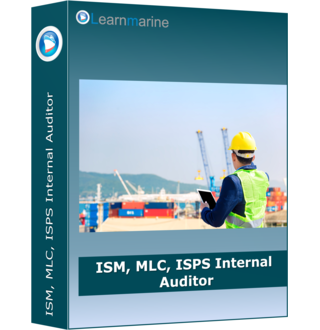
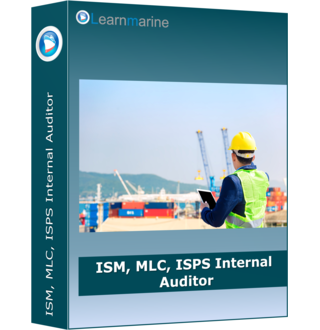
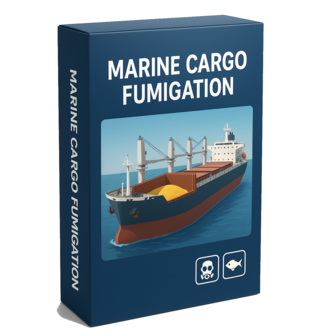


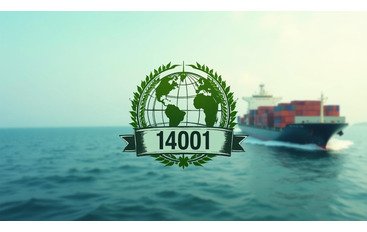
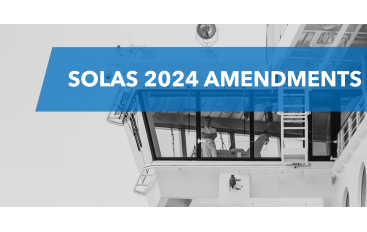
Comments